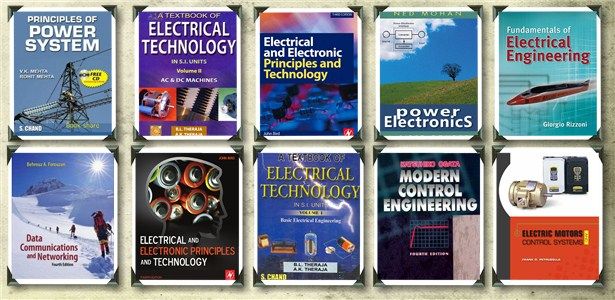Advantages and Limitations of high voltage transmission line:
The choice of transmission systems and rated voltages for a transmission line is made from HV AC (upto 220 kV ) EHV AC (400 kV – 750 kV ) UHVAC (above 760 kV AC) depending upon technical and economic consideration.
Advantages :
- High power transferability of AC lines P α V2.
- Line losses decrease with increase of transmission voltage and improvement of power factor for same power transfer.
- Bulk power transfer from large group of generating stations
upto main transmission network.
Limitations:
- Higher voltage gives lesser current, lesser I2R losses.
- Short circuit levels: In case of very long lines of above 500 km, intermediate switching sub-stations are necessary to install the shunt reactors for compensation.
- Right of way: In some cases of big cities, industrial localities, it is impossible to acquire right of way for EHV AC lines.
- Line insulation: The creep
age distance (leakage distance) determined on the basis of required impulsewith stand level. - Corona: The critical value of voltage stress depends upon pressure, temperature, humidity, pollution level in air.



















